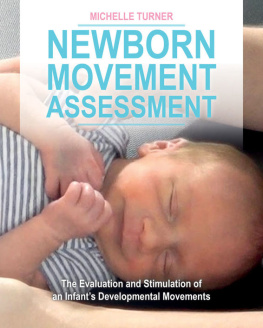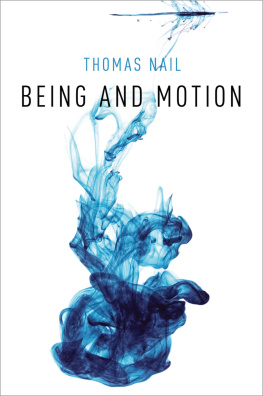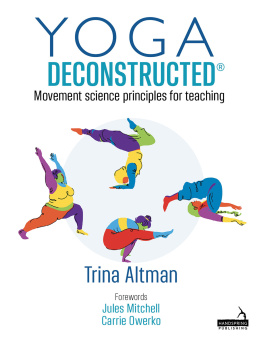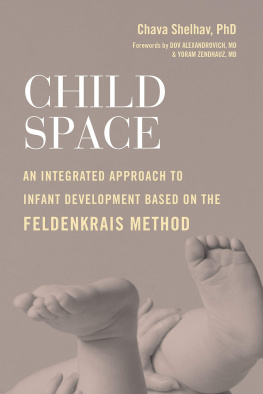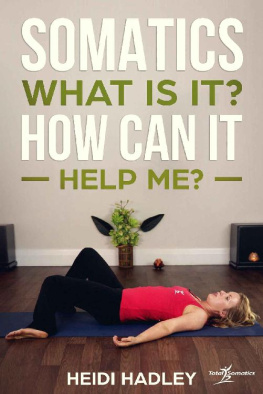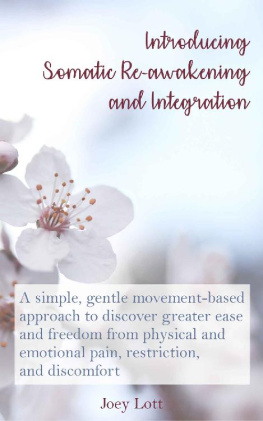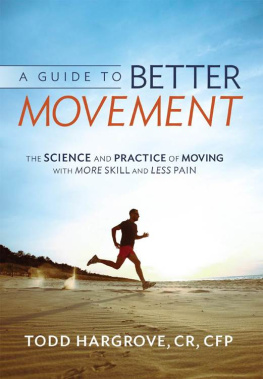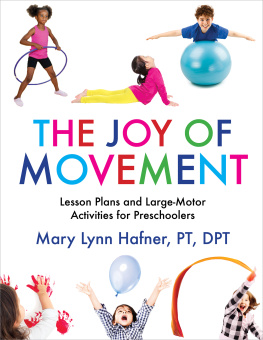Newborn Movement
Assessment

Copyright 2016 Michelle Turner
All rights reserved.
ISBN: 0692578714
ISBN 13: 9780692578711
The Newborn Movement Assessment is not intended to be a substitute for the medical advice of physicians. The reader should regularly consult a physician in matters relating to their infants health, particularly with respect to any symptoms that may require diagnosis or medical attention.
The intent of the Newborn Movement Assessment is for parents and professionals to understand that initiating movement patterns immediately or within days of birth will lead to optimal cognitive development. Sound medical decisions should continually be made for each infant. The Newborn Movement Assessment is not critical of delivery choices or medical evaluations. Rather, it is designed to be complementary to assessments already in place, such as the Apgar Score.
Table of Contents
About Michelle Turner and Movement Lesson


OUT OF NECESSITY TO HELP her globally delayed child, Michelle Turner, Movement Integration Specialist, created Movement Lesson to benefit children throughout the world. Founded in 2009, Movement Lesson, LLC is a private practice located in Peoria, Arizona, USA, and is dedicated to helping children from ages 0 94 achieve increased mobility, pain relief, and optimal health. In contrast to the myriad of conventional therapies, a Movement Lesson is a progressive, scientific approach that is based on her theory of the opposition of gravity and principles of movement affecting development. More specifically, a Movement Lesson utilizes a unique combination of gentle touch and purposeful movement through the principles of counterbalance and rotation to create an individualized and profoundly effective movement lesson session.


Introduction to the Newborn Movement Assessment

WELCOME TO THE NEWBORN MOVEMENT Assessment (NMA) Guide. This guide intends to give parents and professionals the opportunity to assess an infants movements from birth throughout their first year of life. Presently, there are medical and genetic tests to assist, coordinate, and direct an infants doctors and nurses in order to identify current and potential health concerns. In contrast, the Newborn Movement Assessment introduces an effective comprehensive guide to determine short-term and long-term developmental concerns, and also optimize, and stimulate the babys movement patterns through gentle touch. The Newborn Movement Assessment is a tool for assessing any babys typical or atypical birth experience.

The necessity for early detection and intervention is clearly evident in the growing prevalence of developmental concerns such as autism, cerebral palsy, and genetic disorders. Without this crucial early intervention program, infants exhibiting movement concerns are at a much higher risk of having long-term special needs. These techniques will result in immediate improvements to an infants development, whether the infant is completely healthy or demonstrating significant developmental delays. Ultimately, the objective of the Newborn Movement Assessment is to demonstrate that initiating specific movement patterns at birth or shortly afterwards will encourage optimal cognitive and motor development.
B.R.I.G.H.T. Principles

THE NEWBORN MOVEMENT ASSESSMENT HAS been developed to introduce movement patterns, enhance movement experiences, and create proactive parents and professionals. This is the first assessment guide with step-by-step instructions on how to enhance your babys development. There are three easy steps to evaluate a babys B.R.I.G.H.T. future:
Evaluate the Birthing Process
Assess the Rotation
Initiate a Gentle Healthy Touch.
Its that simple: B - Birth, R- Rotation, IGHT - Initiate Gentle Healthy Touch.
By implementing the Newborn Movement Assessments B.R.I.G.H.T. principles, you will not only begin to understand this natural language of movement, but also begin to evolve this language into new and purposeful movement patterns. One purpose of the Newborn Movement Assessment program is to empower parents and professionals to become active participants in an infants movement vocabulary.
SECTION I
The Evaluation of Birth and Rotation


Evaluation ofbirth

SIGNIFICANCE OF NATURAL BIRTH
A FULL-TERM VAGINAL DELIVERY IS a key in the development of the babys central nervous system. One of the primary purposes of a vaginal delivery is to initiate rotation in a newborns central nervous system and also, to stimulate the brains ability to learn from movement and environmental stimulation. Bypassing this process, due to medical complications or genetics, may result in a baby unable to respond to stimuli or to move typically.
central nervous system: noun
the part of the nervous system comprising the brain and spinal cord.

The intent is for a baby to come into this world through a natural delivery. During the delivery, the baby will start a very slow rotation as the head presents and is helped out of the vaginal canal. This process has the added element of contractions, which prepares the babys body to associate itself with the gravitational force that launches organ function, the lungs being the most obvious. Immediately, after the head presents, there is the bearing down of pressure through the upper chest cavity to empty and set up the lungs for their first breath while the diaphragm responds by billowing for air intake. This is one example in which underweight babies can be deficit in the birthing experience. The size of the mothers vaginal canal in coordination with the size of the child affects the force of the torque through the birthing process. At this point, there are medical options available for the babys delivery.
Next page
